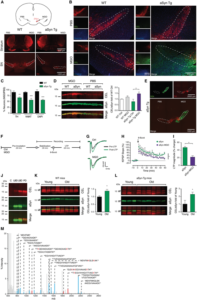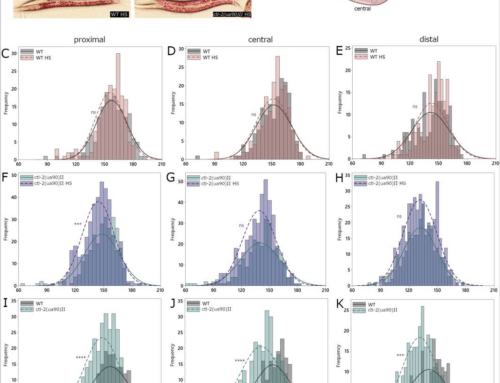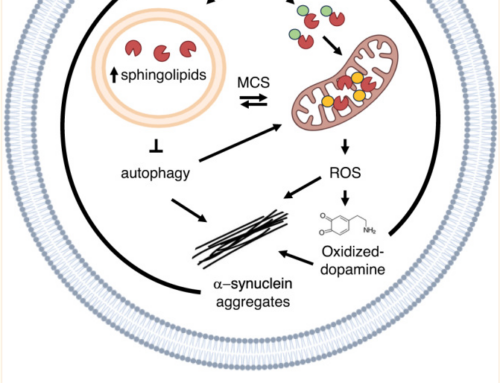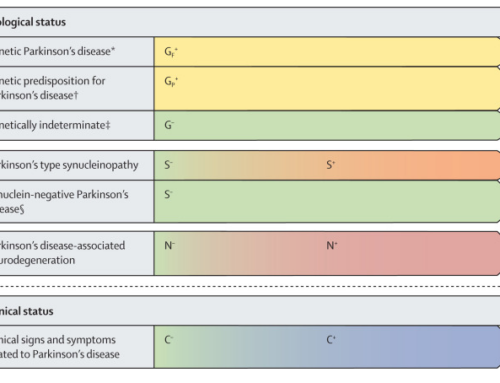
α-Synuclein misfolding and aggregation is a hallmark in Parkinson’s disease and in several other neurodegenerative diseases known as synucleinopathies. The toxic properties of α-synuclein are conserved from yeast to man, but the precise underpinnings of the cellular pathologies associated are still elusive, complicating the development of effective therapeutic strategies. Combining molecular genetics with target-based approaches, we established that glycation, an unavoidable age-associated post-translational modification, enhanced α-synuclein toxicity in vitro and in vivo, in Drosophila and in mice. Glycation affected primarily the N-terminal region of α-synuclein, reducing membrane binding, impaired the clearance of α-synuclein, and promoted the accumulation of toxic oligomers that impaired neuronal synaptic transmission. Strikingly, using glycation inhibitors, we demonstrated that normal clearance of α-synuclein was re-established, aggregation was reduced, and motor phenotypes in Drosophila were alleviated. Altogether, our study demonstrates glycation constitutes a novel drug target that can be explored in synucleinopathies as well as in other neurodegenerative conditions.


